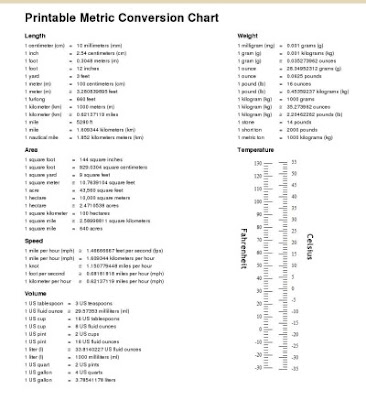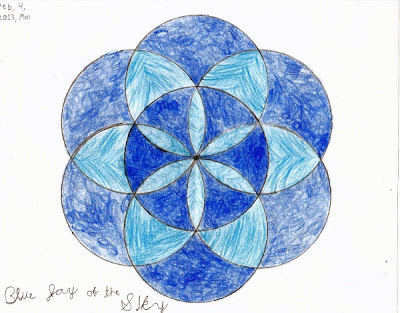Negative times a negative is positive, ONCE AGAIN
In the video below, Mike shows a fun, geometric way for kids to see that a negative times a negative is positive.
I had not seen this exact proof before (or if I have, I had forgotten) - so it was cool to see it. Another cool thing was how it connects with the distributive property.
This illustrates two things I love about math:
Essentially, Mike first goes through an example of multiplying (5 + 2) × (4 + 2), either by adding first (you get 7 × 6), or by multiplying the parts first, and lastly adding.
Then, he changes the example so it has negative numbers: (7 − 2) × (6 − 2). Subtracting first, then multiplying, we get 5 × 4 = 20.
But if we multiply in parts, we get 7 × 6 + 7 × (-2) + (-2) × 6 + (-2) × (-2). This HAS to equal 20, as well. The various parts come up to 42 + (-14) + (-12) and whatever (-2) × (-2) equals.
Since 42 + (-14) + (-12) equals 16, then (-2) × (-2) must equal POSITIVE 4 so that the total ends up being 20.
Using colorful blocks gives it an additional nice 'touch'.
I had not seen this exact proof before (or if I have, I had forgotten) - so it was cool to see it. Another cool thing was how it connects with the distributive property.
This illustrates two things I love about math:
- You learn some principle (such as that negative times negative = positive). Later, you will see that same principle illustrated and proven in other contexts, over and over and over.
This is what Mike did for me right here: prove a principle I already knew, once again. When this happens to your kids (they see a principle reproven), it helps them really BELIEVE and remember that particular principle of mathematics.
- I also saw how this principle I already knew CONNECTS with another principle of mathematics, this time with the distributive property. This is also what you should strive for in math teaching: to connect things students already know with new things. It's like connecting two puzzle pieces, and seeing a new picture form.
Essentially, Mike first goes through an example of multiplying (5 + 2) × (4 + 2), either by adding first (you get 7 × 6), or by multiplying the parts first, and lastly adding.
Then, he changes the example so it has negative numbers: (7 − 2) × (6 − 2). Subtracting first, then multiplying, we get 5 × 4 = 20.
But if we multiply in parts, we get 7 × 6 + 7 × (-2) + (-2) × 6 + (-2) × (-2). This HAS to equal 20, as well. The various parts come up to 42 + (-14) + (-12) and whatever (-2) × (-2) equals.
Since 42 + (-14) + (-12) equals 16, then (-2) × (-2) must equal POSITIVE 4 so that the total ends up being 20.
Using colorful blocks gives it an additional nice 'touch'.


Comments